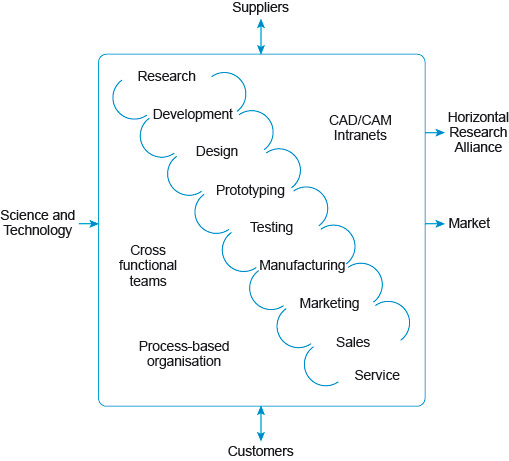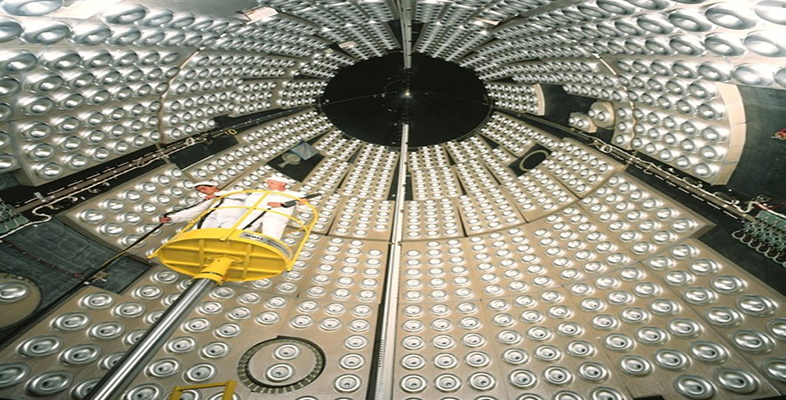5.6 Fourth-generation innovation
The third-generation model of the innovation process may have contained challenges but as Rothwell (1994, p. 10) notes, it ‘was seen by most western companies, certainly up until the mid 1980s or so, as presenting best practice.’ Nevertheless, by the mid 1980s a further refinement of the model was necessary as Western organisations increasingly realised that the key features of the innovation process in leading Japanese companies – and thus one of the primary reasons for the commercial success of Japanese companies – were integration and parallel development. That involved integrating ‘suppliers into the new product development process at an early stage while at the same time integrating the activities of the different in-house departments involved, who work on the project simultaneously (in parallel) rather than sequentially (in series).’ (Rothwell, 1994, p. 12). Therefore, integration and parallel development become the basis of the fourth-generation model of the innovation process (Figure 5).

